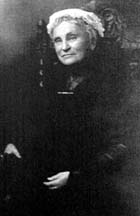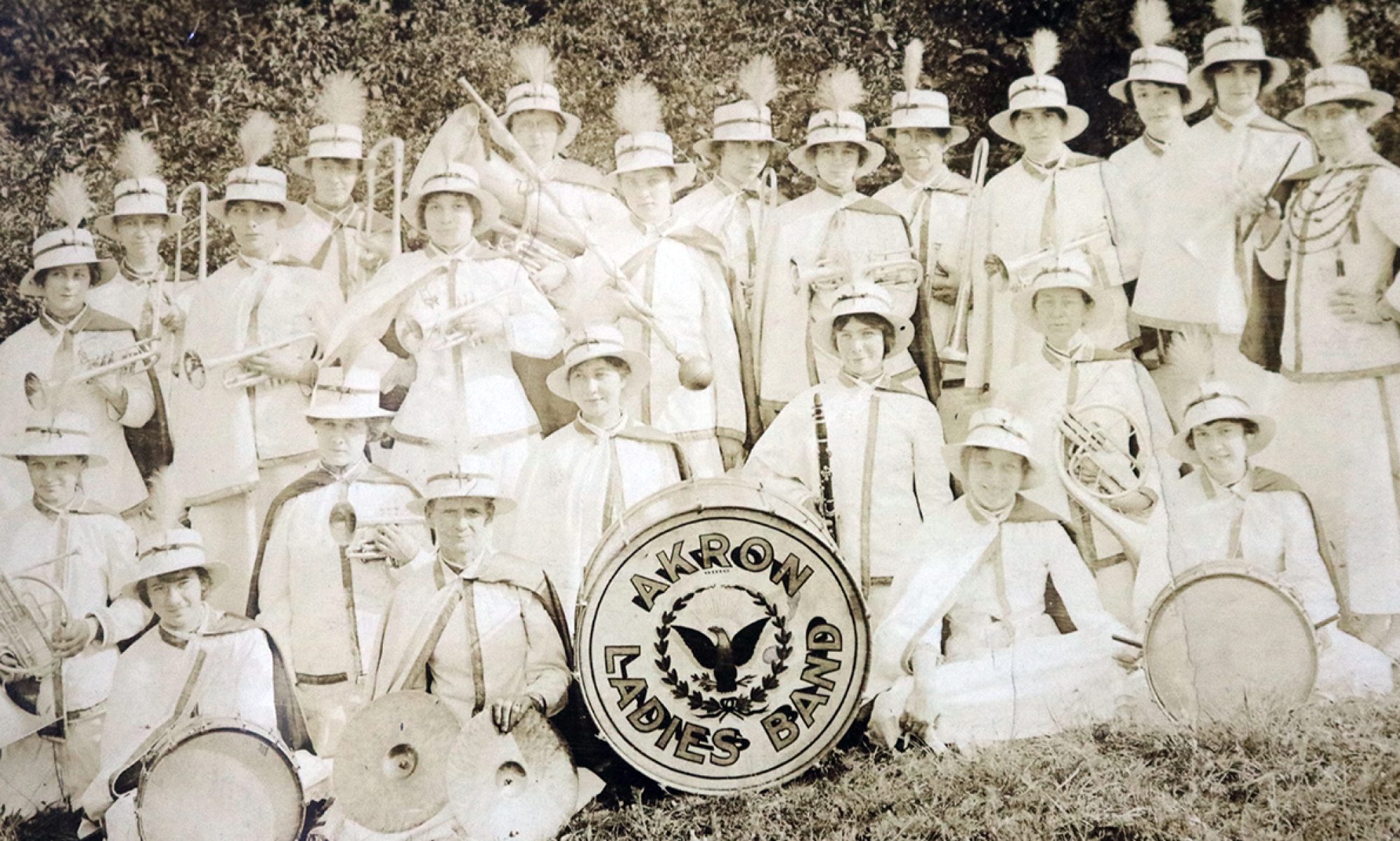
If only one woman’s name could be associated with the founding of Mary Day Nursery and Children’s Hospital, that name would probably be Mary Rawson Perkins. It was Mary Rawson Perkins who had the vision to establish a day-care facility for the children of working women in the city of Akron, Ohio. It was this nursery and the women associated with it that would lead to the development of Children’s Hospital in Akron.
Mary Folger Rawson was born in 1843, the daughter of Levi Rawson, mayor of Akron in 1847. Levi Rawson later moved to Cleveland and went into mercantile shipping. Her brother, Charles Rawson, remained in Akron and married Maria Perkins in 1863. Two years later, Mary Rawson married into the Perkins’ family as well. She married George Tod Perkins, who had just returned from the Civil War. The newlyweds moved to Perkins Hill. George Tod Perkins became an industrialist, establishing the Akron Steam Forge Works. They had two daughters: Grace, who died when she was a toddler, and Mary Perkins, who went on to marry C.B. Raymond, an executive at B.F. Goodrich, and became a community leader in her own right.
Mary Rawson Perkins organized the “Daughters of the King” circles at two Akron churches – St. Paul’s Episcopal Church and First Congregational Church. These groups would establish what came to be called the Mary Day Nursery, a day-care facility for children of working mothers in the city. Mary Rawson Perkins, her husband, and their daughter Mary helped create the nursery and all three remained active in running its affairs throughout their lives.
When her husband died in 1910, Mary Rawson Perkins moved in with her daughter, Mary Perkins Raymond, and donated the family’s large home to the Sumner Home for the Aged.
For the remainder of her life, Mary Rawson Perkins continued distributing the family wealth to health and welfare organizations in the city. In 1914, she provided the funds to build a Nurses Home on High Street, adjacent to the Children’s Hospital. She also gave sufficient funds to furnish the entire home.
In January of 1916, while staying at her daughter’s home, she died.
–Stephanie Devers
